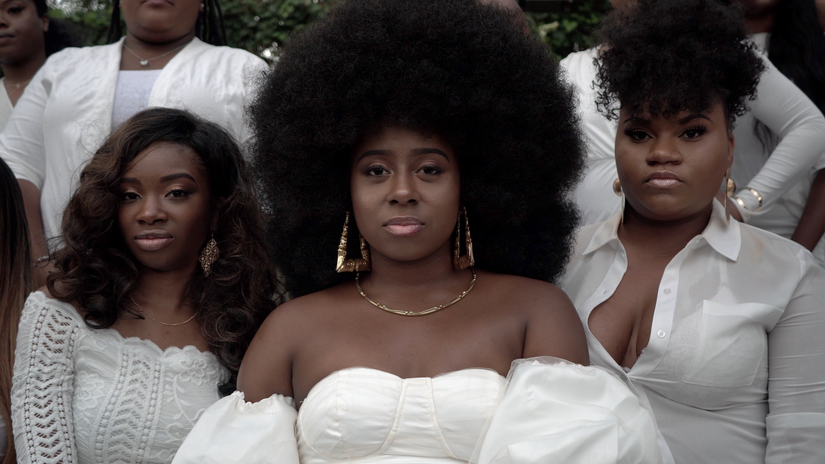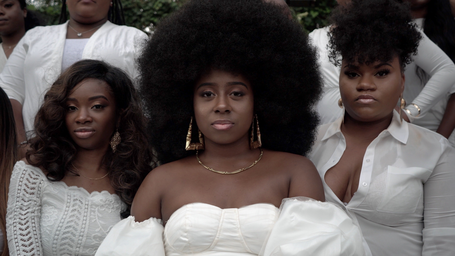Hair is a huge and complicated topic for many of us. After all, it ties into our identities, especially for women of color. I’ve been learning a lot about my own hair lately, and I wanted to share what I’ve learned about one tool that’s made a HUGE difference in what I know about my own hair: hair typing.
Hair typing is a huge system often used by girls with natural hair to identify which curl pattern they have. It comes into play a lot when deciding on products and how to best care for your hair.
Hair typing also happens to be one of the many controversial topics in the natural hair community.
The biggest argument comes from critics who say the system doesn’t include everyone’s hair. I completely agree, the system doesn’t account for things like transitioning, porosity and people who fall somewhere in the middle of different hair types. It can also create a sense of hierarchy, with some charts making it feel like one hair type being “better” than another. At the end of the day, though, hair typing shouldn’t be a value judgment—there’s no one ideal hair type. Instead, it should just be a way to learn more about your own hair, and how best to take care of it.
So let’s get to it. There are 9 different hair types that are recognized by the hair typing system and basically include everything from slightly wavy (2a) to kinky (4c). The farther down the chart you go, the more tightly wound the curl patterns become and more TLC is needed to help your strands look their best. When it comes to knowing what kind of hair you have, I consider porosity to be the second most important indicator.
Porosity is how well your hair can absorb and hold moisture. Most people use three categories to define the porosity of their hair: high porosity, medium/normal porosity and low porosity. It’s actually pretty hard to know the porosity of you hair because there’s no 100 percent certain test.
However, there are a few ways you can figure out your hair type, because, trust me, it’s a huge help.
1. Float Test: Put a strand of hair in a cup of water and wait 2-4 minutes
- High porosity hair sinks
- Low porosity hair floats
2. Slip n’ Slide Test
- Run your fingers along a strand of hair
- Low porosity hair will feel smooth
- High porosity hair will feel bumpy
3. High Porosity test
- Curls feel dry
- Frizzy hair
- Hair dries quickly
4. Normal Porosity test
- Good elasticity/bouncy hair
- Products absorb well
- Hair feels moisturized
- Holds styles well
5. Low Porosity test
- Water sits on top of your hair
- Products feel like they’re sitting on top of your hair
- 2nd day super frizzy, high porosity, 4c hair
- Long dry time
By doing the porosity test and knowing my hair type, I started to make more conscious decisions about my curl care and not just blindly follow other naturalista routines. I recommend every curly girl takes a look at their hair type because the more you know, the better you can care for your curls!



